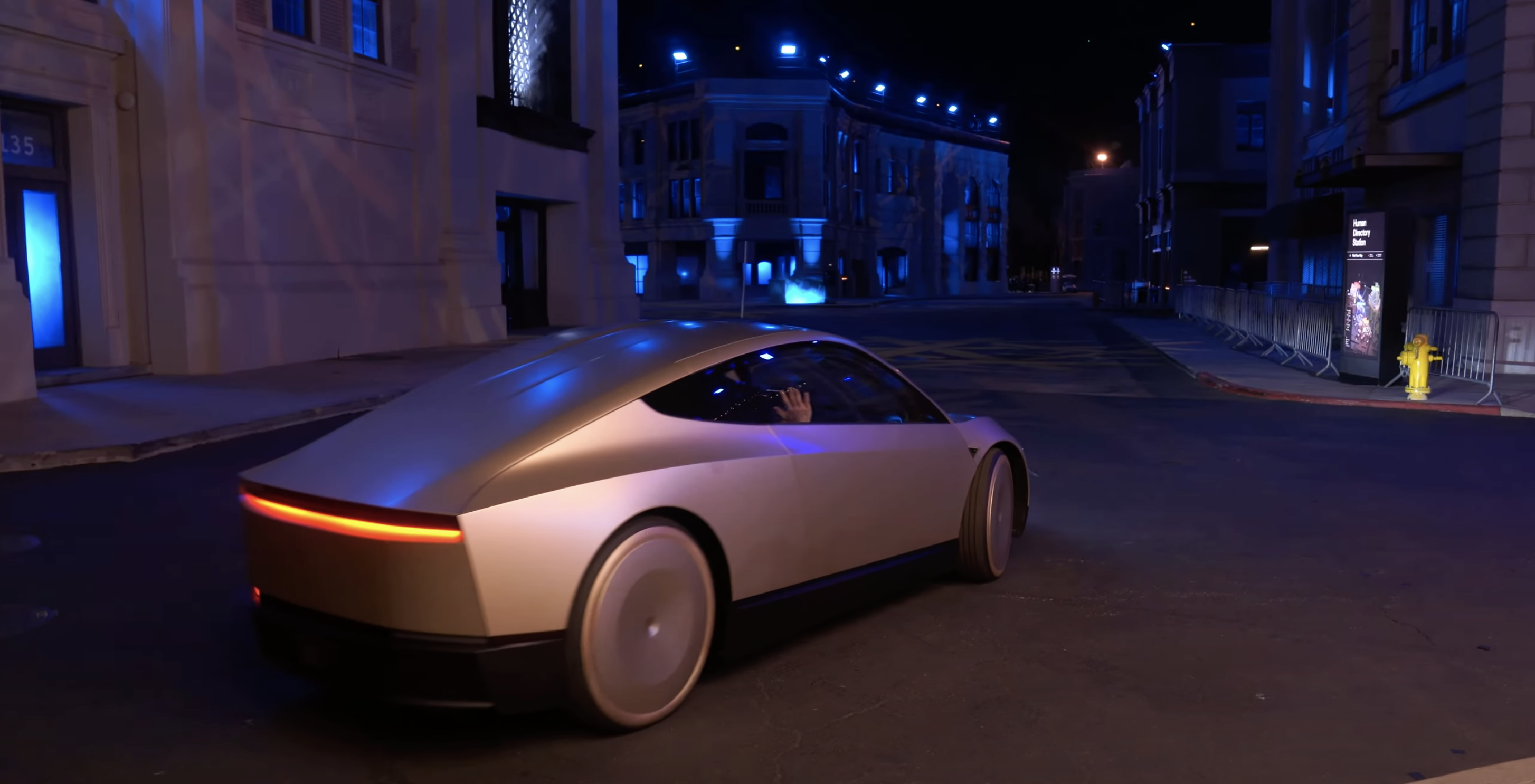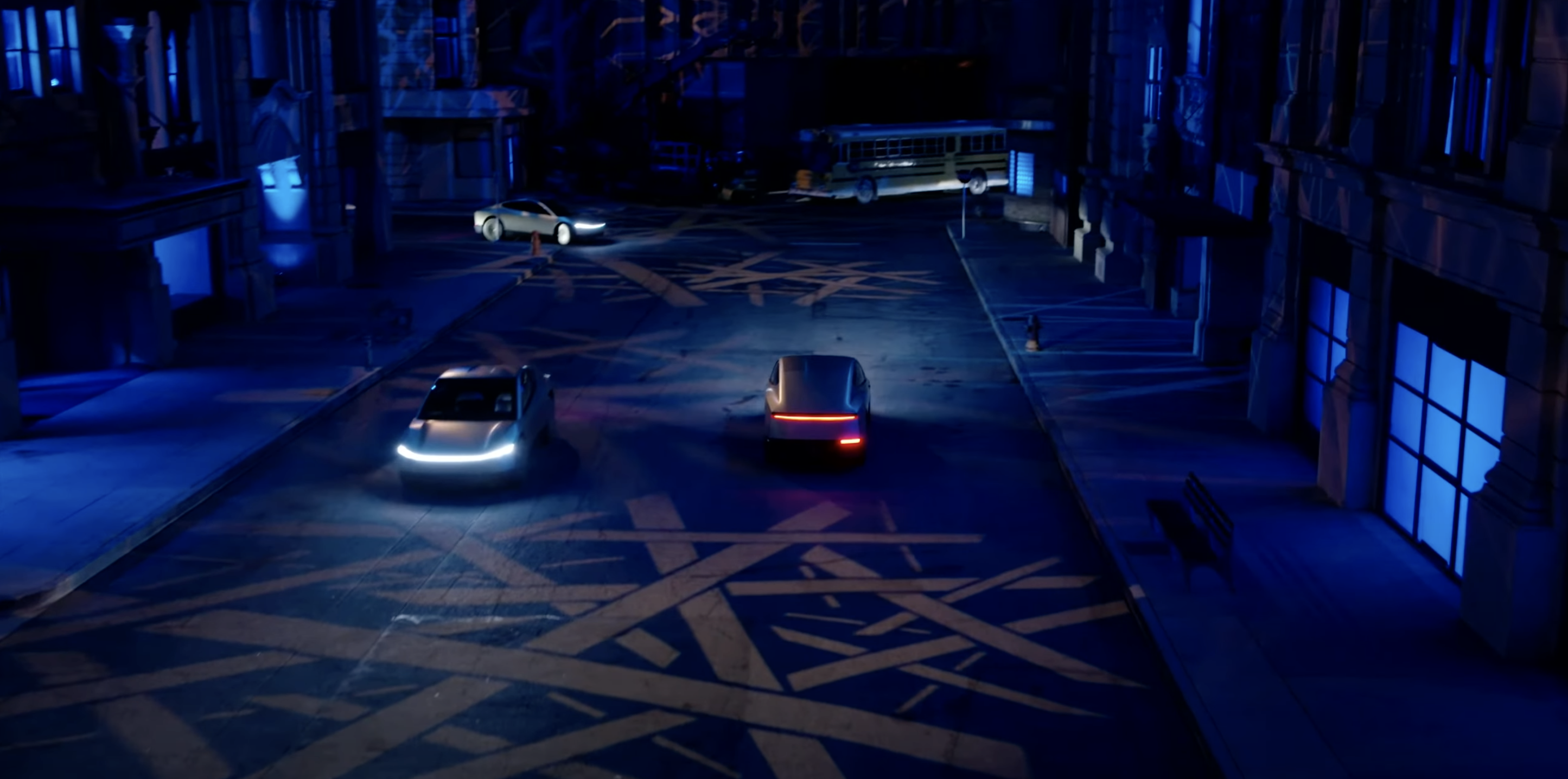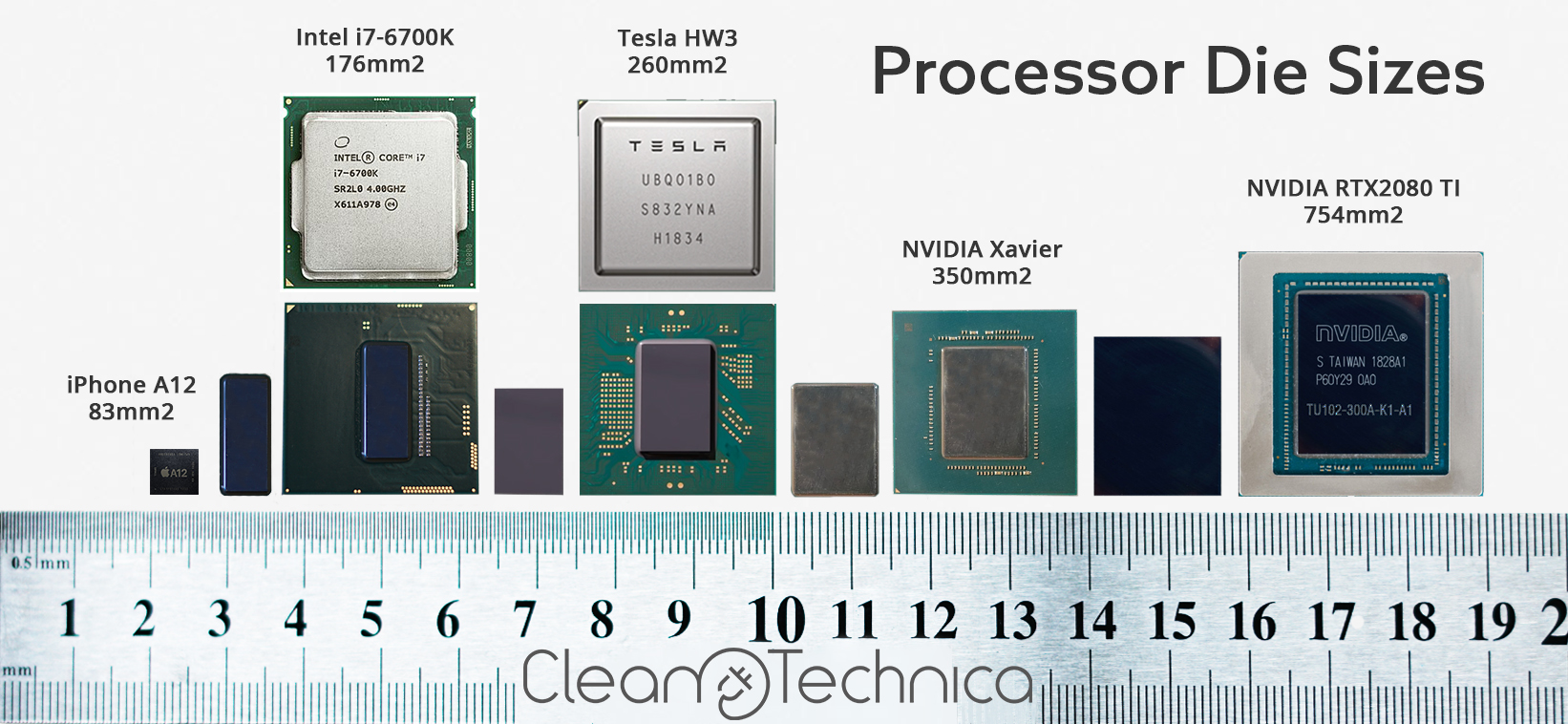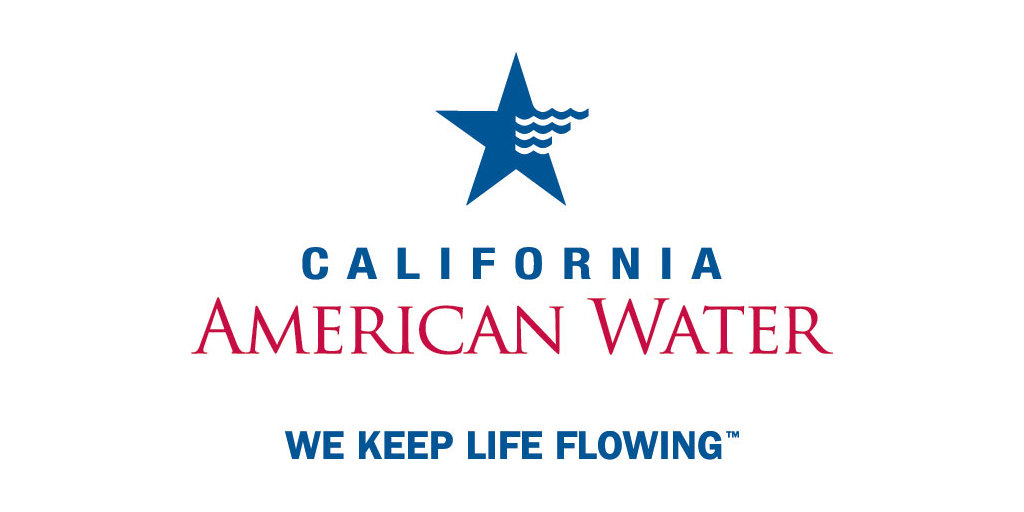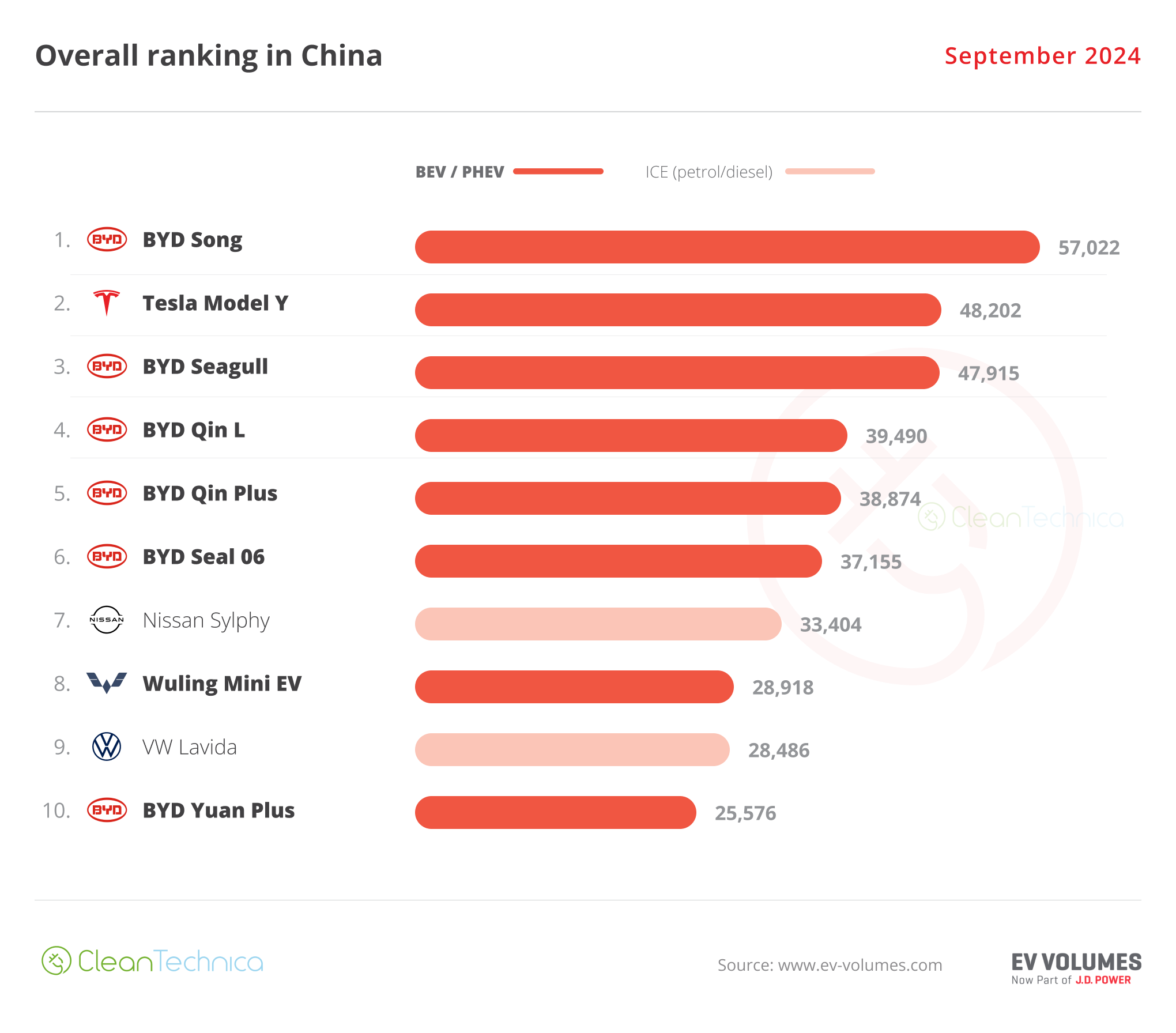Sign up for daily news updates from CleanTechnica on email. Or follow us on Google News!
People have been pondering, analyzing, and predicting what the future of transport will look like. It is easy to say that it’s robotaxis because that can come in a lot of stages, scales, and flavors. Tesla just held its “We, Robot” event, and there’s been much discussion around it. However, what Tesla failed to unveil is its robotaxi strategy. Luckily, there were enough hints in the videos that made it possible to fill in some blanks and uncover Tesla’s new robotaxi strategy, one I had never considered in previous years. The key is to have a medium sized fleet that people can afford and want to buy.
To give some historical context on Tesla’s previous robotaxi strategy, in the past, when asked about the price of Autopilot and FSD in the future, Elon Musk commented in multiple earnings calls that it will get more expensive over time as more features are delivered. Once the robotaxi network is live, people might not even be able to afford Tesla vehicles, only fleets. Even at such high prices, the value proposition is so high that the investment is still guaranteed to pay itself back over time and be more profitable than ride-hailing services are. Tesla customers and people seeking to buy one have been worried that if they don’t buy a Tesla as well as FSD now, they might not be able to afford it in the future. Perhaps you already start to see the stark contrast in how Tesla’s robotaxi strategy has shifted over the past 6 years.
Why, Tesla?
Now, if you start to think about the reason why Tesla changed its robotaxi strategy, it’s actually not because of profit — both strategies could potentially be equally profitable for Tesla. With the previous strategy, it just takes customers longer to recuperate their investment costs. This new strategy seems to provide three benefits, only one of which is likely to be what has driven Tesla’s decision.
The first benefit is distributed power to the people. Due to how loud Elon Musk has been in the past few years, we know he is a big proponent of personal freedoms and liberties. By aiming for a cheap robotaxi, people will be able to buy one.
The second benefit is that this plan is the fastest to implement. The number of vehicles that consumers can buy is much higher than if it was companies buying rental fleets — it’s not just a matter of money, it’s a matter of infrastructure, like where to park when not active and where to charge. This new strategy does not require a large battery and is thus lighter on raw materials, and for the foreseeable decade, significantly lighter on cost.
The last and main benefit is it’s the solution that is most likely to solve the rush hour and first/last-mile dilemmas, leading to the robotaxi future we all envision where you hail a robotaxi and one arrives within minutes at any time of the day no matter where you are. The reasons why and the requirements are rather delicate to pull this off, so let’s dive into that next.
Oh, that’s why
Simply put, Tesla’s previous strategy resulted in expensive vehicles, with large batteries, with huge robotic rapid charging infrastructure so that vehicles could quickly continue to provide rides — in essence, a smaller fleet that lowers downtime and increases profitability. Building that up would take longer and more people would be frustrated because they need to wait for a robotaxi longer. During rush hour, capacity would be so limited that you couldn’t really depend on the service to get to work or home. In this scenario, return on investment takes longer, and if the fleet gets big enough, you might not even break even. It’s often said that in a robotaxi you have fewer cars because unlike now, vehicles will have a lot less downtime. In the new strategy, Tesla found a middle ground.
Here ya go! pic.twitter.com/V23LWFKUdb
— Robert Rosenfeld (@robertrosenfeld) October 14, 2024
In this new strategy, Tesla plans to build cheap cars and sell them for cheap prices. This new strategy embraces downtime and takes advantage of it. The vehicles will have a small battery, likely 30–40kWh, and it will take a little over an hour to fully recharge a depleted battery using a wireless charging pad. As you can see in the video (something not shown on the livestream), the charger seems to go up to ~25 kW, a more than reasonable speed for a technology that is still in its infancy. It is also a speed that can be obtained from the grid with either 3-phase power or a 200-amp electrical panel, depending on which continent you live on.
Let me also take this moment to state that this strategy is highly dependent on people buying the Cybercab. Specifically, the plan hinges on people with garages, driveways, or any parking spot an owner can place Tesla’s wireless charging pad on. These maximum power levels are likely what Tesla has taken into consideration and is counting on. This strategy means you don’t need to build large charging parks around every neighborhood or massive ones in every area. The charging infrastructure is already there, it’s your driveway and you are providing it. It would also very much not surprise me if the robotaxi network will allow you to include your driveway and charger as part of the robotaxi network. You have full control of your robotaxi, but while it is out and about giving rides, why not let another robotaxi charge in your driveway if you are compensated for the electricity costs incurred and get a slice of profits? Not only is your robotaxi earning you money, so is your driveway!
Quick recap
So, to recap, this kind of cheap robotaxi fleet can be built up quickly, cheaply, does not require expensive infrastructure like Superchargers or special parking amenities, and results in a network where you can very quickly hail a robotaxi from a driveway near you. This strategy can’t fully solve the rush hour dilemma, but it solves it to a significantly greater extent than Tesla’s previous strategy, or, for example, the strategy used by Waymo.
Rush hour can further be alleviated by ridesharing, differing work-from-home days, and more flexible work hours. Let’s be fair, Tesla can do its best to accommodate society, but the company can’t do everything to overcome some of society’s structural issues — that needs to be a team effort.
Cleaning
What this strategy will still require is a cleaning service. Luckily we have seen a very inspirational clip of a bunch of robotic arms cleaning the Cybercab.
We’re ready for autonomy:
– Charging
– Cleaning
– Fleet pic.twitter.com/hT94dZrbuW
— Tesla (@Tesla) October 11, 2024
Quite a few of these will need to be built, but a lot fewer than the parking spots or Superchargers you might need with other robotaxi strategies. Tesla has already published patents detailing how a robotaxi might be able to sense that it needs cleaning as well as some patents detailing passive in-vehicle cleaning systems, like using ultraviolet lights.
How often a robotaxi will need to go to the cleaning station is one question that is difficult to answer. Once every 10 rides? Once a day? Only time will tell. It would for sure be funny if people experienced Cybercab cleanliness slowly increasing as more of these cleaning stations are built over time.
A decentralized supercomputer
Years ago already, it might have been Tesla AI day or an earnings call when this was first asked (and it certainly was not the only time it was asked): Tesla, why don’t you use all that great compute in your cars to create a big decentralized supercomputer composed of all the cars that are parked and idle? The answer was that at current compute power levels and configuration, this was not worth doing, but perhaps in the future. Tesla has yet to fully detail HW5, but we already know that it will use a boatload more power than HW3 and HW4. Those chips were not supposed to significantly exceed 100 watts so as to not affect the range of the vehicle. HW5 is overkill. During the “We, Robot” event, Elon Musk admitted as much and stated that the HW5 fleet of vehicles would be used as a decentralized supercomputer. It would be used much in the same way that you can currently dedicate your computer to help scientists cure diseases or solve astronomical puzzles, or the way some companies took advantage of you installing their program or opening their website to also secretly mine cryptocurrency with your hardware. This one is definitely going to be opt-in and it has been discussed that just like any cloud compute solution, this collective processing capacity might also be rented out to clients for purposes besides Tesla trying to solve the issue of real-world AI.
The non-Cybercabs
A lot of people are very worried about HW3 not being good enough to become a robotaxi, or that even their HW4 vehicle won’t be able to serve as a robotaxi because it does not have a wireless charging system. These concerns are very valid. Let’s introduce two more. The seats and interior likely will not be compatible with Tesla’s cleaning service, and the pedals and steering wheel might not be fully removable and accidental intervention may pose a safety risk. Here is the likely answer to the puzzle: yes it will be possible to add your Tesla to the robotaxi network, but there are caveats. You, or a manual cleaning service you can semi-automatically send the car to will have to do the cleaning. You, or a manual (or semi-robotic) fast charging station you can semi-automatically send the car to will have to charge the vehicle. A lot of use of the word semi- and that is because Tesla might be kind enough to add unofficial cleaning and charging network partners for older vehicles, but my hopes are not very high. It is, however, a self-driving car, and wherever on the map you tell it to go, that is where it will go — the rest can be solved with “free rides” given to the service operators and further based on license plates of vehicles coming in for servicing.
HW3
Hardware 3 is a rather simple matter that is just not very straightforward to most people. Let me give you an example with other AI like ChatGPT to help explain this. Right now, you have ChatGPT 4o and ChatGPT 4o-mini (same goes for Grok 2 and Grok 2 mini). The principle is very simple: there are ways to shrink down the size of the AI. This results in slightly worse performance, but makes it possible to run the model with a lot less compute. For example, you might have heard more about smartphones or laptops also having some on-device AI. This was possible because the model was shrunk down significantly. For some context, ChatGPT-3 has 175 billion parameters. ChatGPT-4o has 200 billion parameters if you don’t include the multimodal image and audio capabilities. ChatGPT-4o mini only has 8 billion parameters, and thus requires a lot less compute to run. However, at the same time, it is a lot smarter and better than ChatGPT-3 — which has many more parameters. The better an AI gets over time, the more it can be shrunk down.
So, HW4 or HW5 is the chip that will be in the first robotaxi-capable vehicles. It needs to be, let’s say, 10× safer than a human for approval. However, once it becomes 30×, 50×, 100× safer than a human, the AI can be shrunk down and will then be small enough to also run on HW3. That is when HW3 will be able to join the robotaxi club. It will just be rated as X times safer than a human, that number being smaller than the safety rating of HW4 and HW5, but safe enough to run as a robotaxi. In the next few years (all depending on the speed of FSD progress), HW3 might start to receive fewer updates or even stop receiving updates for a while, but eventually it will get that capability.
Tesla HW3 vehicle owners can stomp at the ground as much as they want, but if the hardware in their car is just too slow to run the AI, there is little that the Tesla Autopilot/FSD team can do about it at this stage of development. Now, that does not absolve Tesla as a whole from all the promises it made to Tesla HW3 vehicle owners nor their moral (or perhaps even legal) obligation of compensating or delivering the features to these Tesla owners. The easiest solution would be to make a new HW4 computer that can be retrofitted into older vehicles. The current HW4 computer both size and connection wise just doesn’t fit, but that does not mean that Tesla is not capable of creating a new motherboard with the HW4 chip to retrofit older vehicles.
The robotaxi future
Now, let’s end this on a more uplifting note. This robotaxi strategy enables whole new ways of owning a vehicle. Think of family or friends sharing a Netflix subscription and apply it to a robotaxi. Taking a ride in a robotaxi does cost money if it’s not your car, but the rides can also be free if it’s driving around a co-owner, or family or friends — it’s up to you. As a new Tesla owner myself, I very much hope that once my Tesla becomes robotaxi capable that it will be able to drive around my grandparents if they become too old to drive and will be able to bring my future children to school, or to a playdate or wherever they need or want to go. An apartment complex could own a few robotaxis. It could also be a work benefit, a company owned fleet, or a new kind of neighborhood concept that includes robotaxis in its makeup as part of the purchase or rental price, or even as a utility cost. During the We, Robot event, Tesla showed the kind of world it wants to build, one where parking lots can lose the “ing” and the “lots” and all be turned into parks. They shared the vision. I hope I helped share the strategy.

 Chip in a few dollars a month to help support independent cleantech coverage that helps to accelerate the cleantech revolution!
Chip in a few dollars a month to help support independent cleantech coverage that helps to accelerate the cleantech revolution!
Have a tip for CleanTechnica? Want to advertise? Want to suggest a guest for our CleanTech Talk podcast? Contact us here.
CleanTechnica uses affiliate links. See our policy here.
CleanTechnica’s Comment Policy


